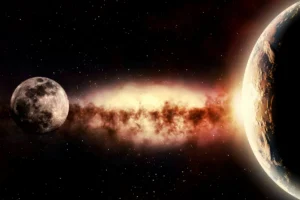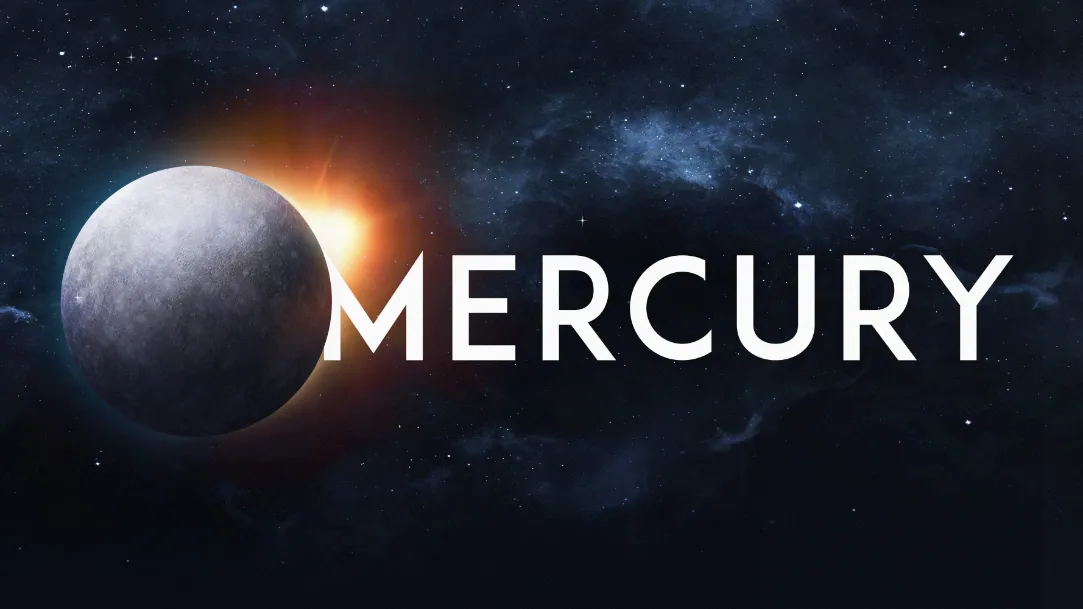
Mercury, the Sun’s nearest neighbor, is like the little planet that could. It’s the smallest and speediest traveler in our solar system, completing a year in just 88 Earth days. But don’t be fooled by its size; Mercury’s got a lot to offer. With a diameter smaller than some countries and a personality all its own, it’s a standout in the cosmic crowd. Let’s dive into the fascinating world of Mercury and uncover some of its unique features, mysteries, and potential for future exploration.
Mercury’s place in the solar system
Mercury’s place in the solar system is pretty unique. It’s like the Sun’s next-door neighbor! Imagine this: Mercury’s the first rock from the Sun, and it’s in a hurry, completing one trip around the Sun in just 88 Earth days. That’s super fast compared to our year, right? Now, here’s the kicker – Mercury’s not just close to the Sun; it’s the tiniest planet in the whole solar system, like the runt of the planetary litter, with a diameter of only 4,879 kilometers. So, it’s both the closest and the smallest, making it a standout in our cosmic neighborhood. But there’s even more to this little planet, so let’s keep exploring!
Mercury’s unique features
Mercury is quite the oddball in our solar system, and its quirks don’t stop with its size and proximity to the Sun. Here are some more unique things about this tiny planet:
First off, Mercury’s got a secret inside. It’s like the ultimate cosmic geode with a massive iron core that takes up around 70% of its total mass. That’s a lot of iron, making it stand out from its fellow rocky planets.
Now, let’s talk about its complexion. Mercury’s face is a real testament to the rough-and-tumble nature of the cosmos. Its surface is like a history book filled with craters from ancient asteroid smackdowns that happened billions of years ago. It’s a bit like the Moon in this regard, but Mercury has its own story to tell.
And here’s a twist – ice on a scorching planet! Yes, you heard that right. Mercury’s got two polar ice caps, and they’re not made of your typical ice cream flavor. These caps are actually composed of water ice and some other chilly stuff. It’s a puzzling feature considering how close Mercury is to the Sun, and scientists are still trying to figure out why and how it got its icy hats. So, Mercury keeps us scratching our heads with its unique blend of hot and cold surprises. What else do you want to know about this intriguing little planet?
Mercury’s surface
Mercury’s surface is like a cosmic battleground, and it’s pretty easy to see why. This little planet lacks a protective blanket of an atmosphere, so it takes a beating from asteroids and other space debris. No air means no shield, so the surface ends up looking like a pockmarked moon.
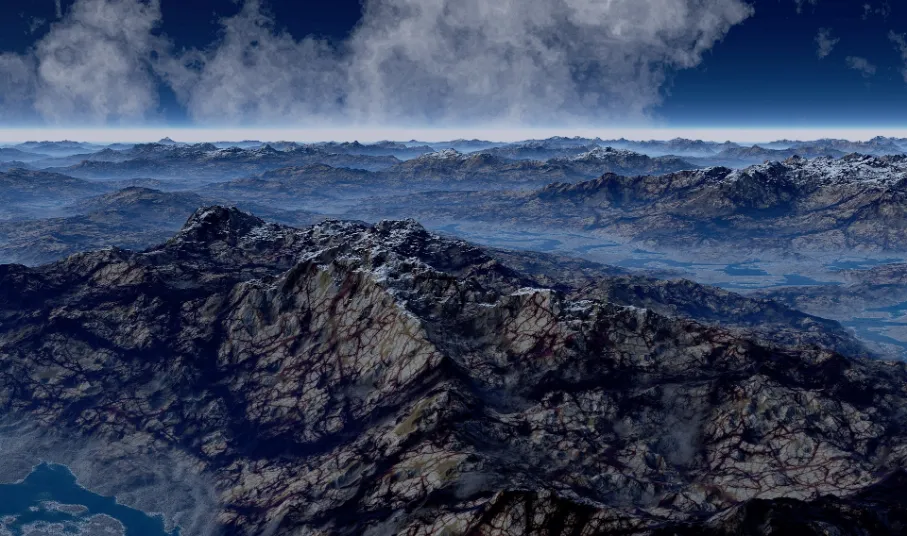
One of the showstoppers on this celestial stage is the Caloris Basin, which is Mercury’s biggest crater. It’s a whopper, roughly the size of Texas. Imagine something that colossal crashing into the Earth – it would be quite a sight! But on Mercury, it’s just one of many craters that tell tales of past cosmic collisions.
Besides the craters, there’s a whole range of other interesting features on Mercury’s face. You’ve got wrinkle ridges, which are like the planet’s version of wrinkles, but these are caused by the planet cooling and contracting. Then there are the scarps, which are cliffs formed by the same process. And don’t forget the plains; they’re like the smoother parts of Mercury’s skin.
So, when you look at Mercury’s surface, it’s like taking a step back in time, witnessing the incredible forces that have shaped this small, rugged world. And that’s just the beginning of the story when it comes to this fascinating planet.
Mercury’s potential resources
For a tiny planet, Mercury has some big potential when it comes to resources. It’s like a treasure chest waiting to be opened. What’s in there, you ask? Well, scientists are still piecing together the clues, but here’s the scoop:
First up, water ice. Yes, the same substance that’s essential for life, and it’s not exactly what you’d expect on a scorching planet like Mercury. But it’s hiding out in those mysterious polar ice caps we mentioned earlier. Water is a valuable resource for future space exploration, so Mercury’s got some serious cool points in that department.

Then there’s the metallic allure. Mercury’s got plenty of metals, and among them is the shiny stuff we love – like gold, silver, and more. These metals could potentially be used for all sorts of things, from building spacecraft to fueling future space missions.
And let’s not forget the minerals. Mercury’s crust might be packed with all sorts of valuable minerals, just waiting for us to tap into.
Mercury’s interior and magnetic field
Mercury’s got a hidden secret deep within. Its heart is mostly iron, making for a hefty core. And that iron core has a party trick: it creates a magnetic field.
Now, don’t expect Mercury’s magnetic field to be as impressive as Earth’s – it’s a bit on the weaker side. But even though it’s not the superstar of magnetic fields, it still does a decent job. It’s strong enough to give some attitude to those charged particles coming from the Sun. It’s like Mercury’s little way of saying, “Hey, Sun, we’re not taking all your solar winds without a fight!”
So, even though Mercury’s magnetic field isn’t Earth-strong, it’s still there, doing its part to protect the planet from the Sun’s energetic outbursts. It’s just one more intriguing facet of this small but remarkable world.
Also read some collected blogs on Mercury.
History of Mercury Exploration
Exploring Mercury is no walk in the park, thanks to its wild temperature swings, lack of air, and not-so-tough magnetic field. But despite the challenges, we’ve managed to sneak a peek at this mysterious planet through some cool missions.
One of the early trailblazers was the Mariner 10 mission back in the groovy 1970s. It zipped by Mercury, snapping pictures and gathering data. It was like a cosmic shutterbug, capturing some of our first glimpses of this scorching-hot world.
Then, we had the MESSENGER mission, which was more like a long chat with Mercury from 2011 to 2015. MESSENGER orbited the planet, getting up close and personal. It told us even more about Mercury’s secrets, like its funky surface, magnetic field, and a whole lot more.
These missions are like our cosmic detectives, helping us piece together the puzzle of this enigmatic planet, one discovery at a time. But we’re not done yet – Mercury still has more mysteries waiting to be unraveled, and who knows what adventures the future holds for exploring this sun-kissed world?
The challenges of exploring Mercury
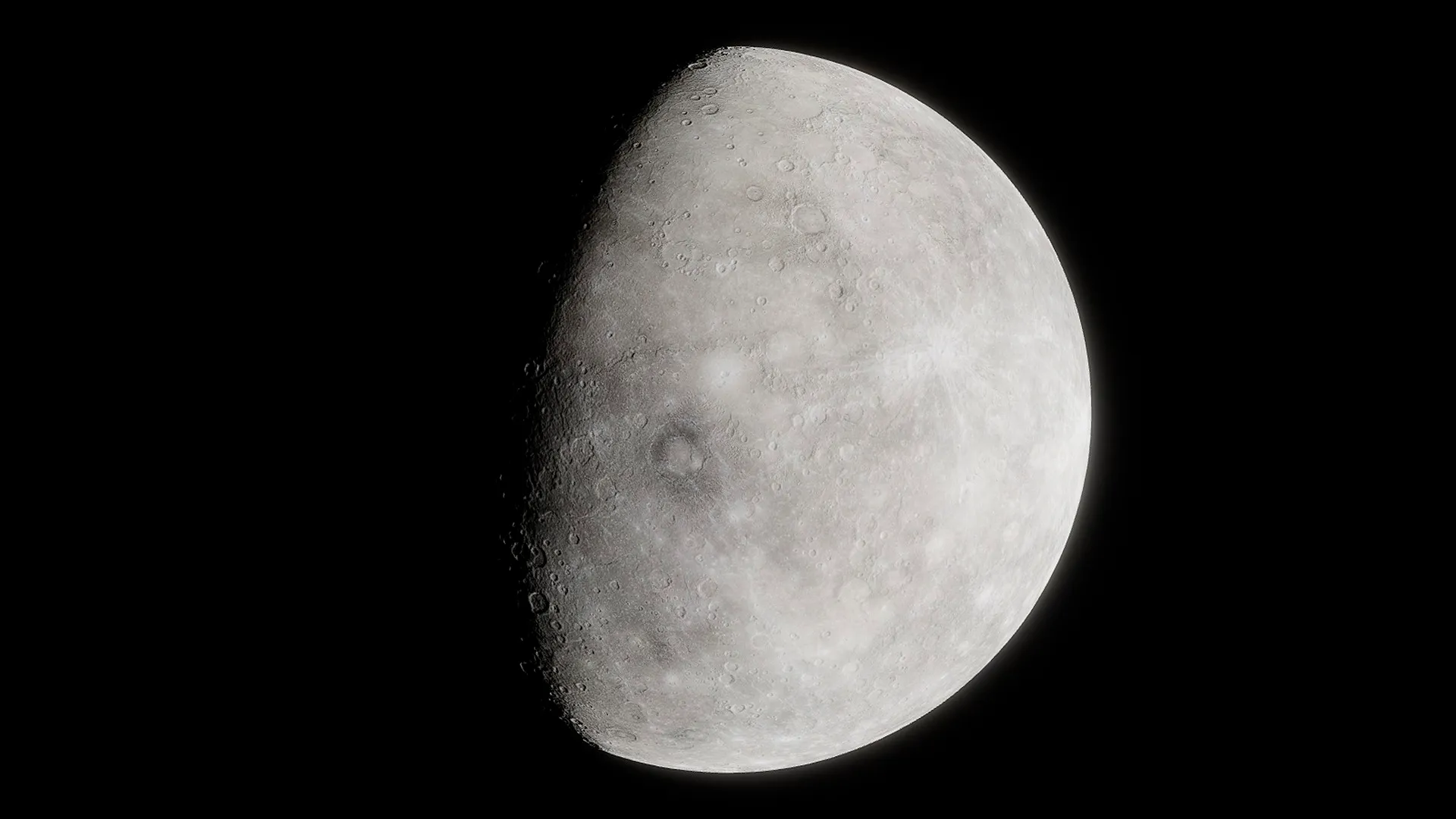
Exploring Mercury is like trying to solve a cosmic puzzle with some seriously tough pieces. Here’s why:
Temperature Rollercoaster
Imagine going from an oven to a deep freeze in a flash. That’s what happens on Mercury. When you’re on the sunny side, temperatures sizzle at a scorching 430 degrees Celsius. But if you happen to venture to the shadowy side, it’s a bone-chilling -170 degrees Celsius. It’s like the ultimate weather extremes!
Whisper-Thin Atmosphere
Mercury’s atmosphere is like a shy wallflower at a party – it doesn’t offer much protection. It’s super thin and barely there, which means it won’t shield you from the harsh radiation of space.
Magnetic Field Blues
Mercury’s magnetic field isn’t exactly the guardian angel we’d hope for. It’s weak, so it can’t deflect as many of the Sun’s charged particles as our Earthly magnetic field does. That’s not great news for potential space travelers.
So, exploring Mercury is not for the faint of heart. It’s like a cosmic obstacle course, and missions to this planet have to overcome these challenges to uncover its secrets. But hey, it’s the thrill of discovery that keeps scientists and space enthusiasts excited about this hot-and-cold, thin-aired, and magnetic field-challenged world.
Mercury’s potential for future exploration
Even with all its challenges, Mercury is still beckoning us to learn more. The future of exploration looks promising, and scientists have some exciting plans in the works.
One of the star players in this quest is the BepiColombo mission. It’s like a tag team between the European Space Agency and the Japan Aerospace Exploration Agency, and they’ve set their sights on Mercury. Scheduled to arrive in 2025, this mission is a big deal.
BepiColombo is not just a quick visit. It’s planning to settle in for an extended stay, at least for four years. During this time, it will be like our scientific detective on the planet, studying everything from the surface to the atmosphere and even the magnetic field. It’s like a deep dive into Mercury’s secrets.
Interesting facts about Mercury
- Mercury is the smallest and fastest planet in our solar system.
- Mercury is the only planet in our solar system without moons.
- Mercury has a very thin atmosphere, which is made up mostly of hydrogen and helium.
- Mercury has a weak magnetic field.
- Mercury has a large iron core, which makes up about 70% of the planet’s mass.
- Mercury’s surface is covered in craters, which were formed by asteroid impacts billions of years ago.
- Mercury has two polar ice caps, which are made up of water ice and other frozen materials.
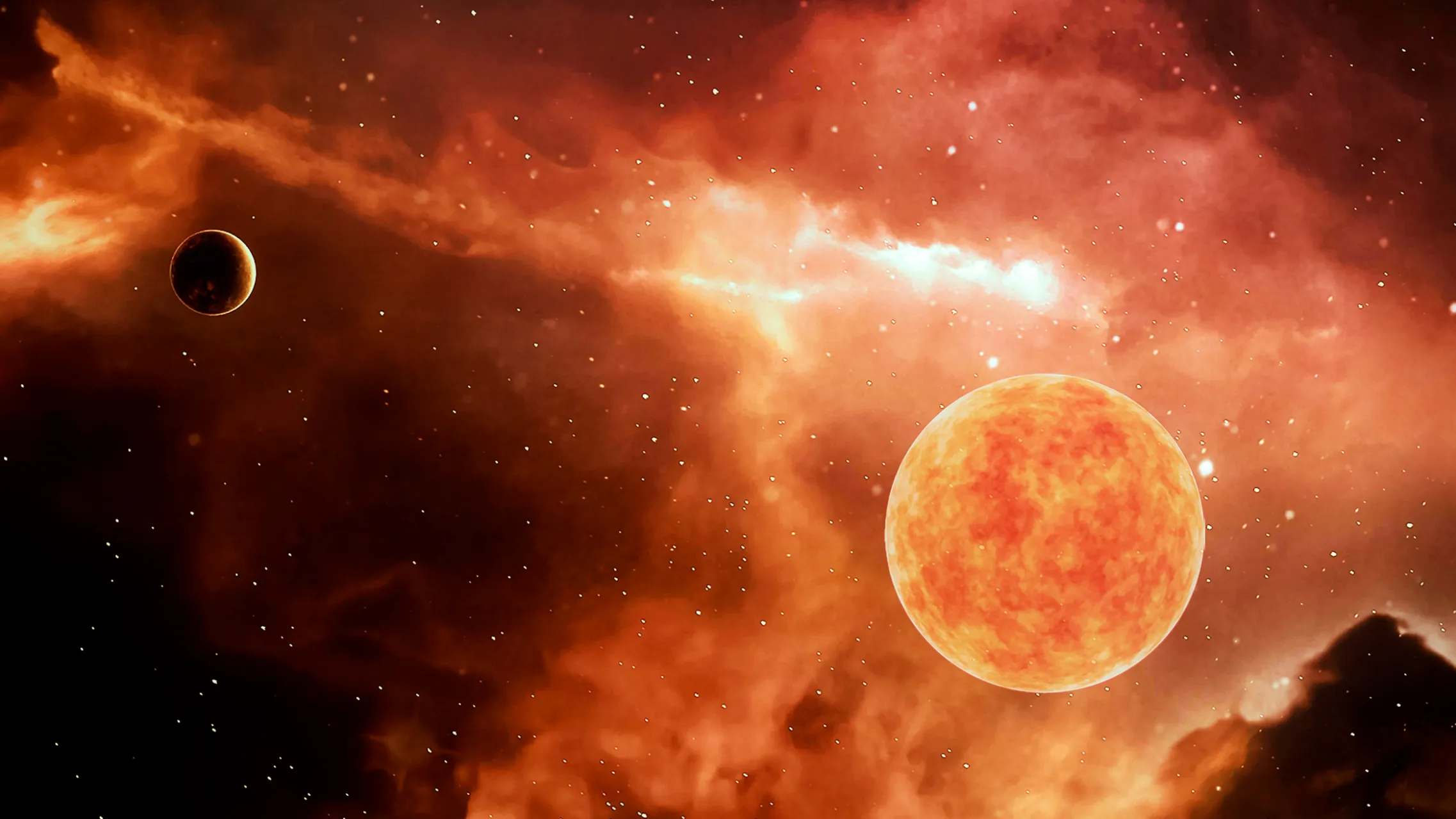
Endnote
We’ve discovered Mercury, a world full of unique features, extreme conditions, and untapped potential. Despite the challenges, future missions, like BepiColombo, offer promise. With each mission, we uncover more about this planet’s past, present, and future potential. So, as we continue to unravel Mercury’s mysteries, we’re excited for the adventures that lie ahead. Stay tuned for more discoveries and surprises in this sun-kissed world’s cosmic story.
FAQ
What is the temperature on planet Mercury?
The temperature on planet Mercury varies significantly due to its lack of atmosphere. During the day on the side facing the Sun, temperatures can soar to around 430 degrees Celsius (800 degrees Fahrenheit). However, on the night side, away from the Sun, temperatures can plummet to approximately -180 degrees Celsius (-290 degrees Fahrenheit). These extreme temperature differences are a result of Mercury’s minimal atmosphere, which cannot trap heat like Earth’s atmosphere does.
Why is Mercury classified as a dead planet?
Mercury is classified as a “dead planet” because it lacks significant geological activity and a substantial atmosphere, making it inhospitable to life as we know it.
What makes the planet Mercury special?
Mercury stands out for several distinctive features, including its status as the smallest planet in our solar system and its incredibly rapid orbit around the Sun. Its surface is marked by numerous craters and unique geological formations. Mercury’s extreme temperature variations, lack of atmosphere, and unusual magnetic field also contribute to its uniqueness. Additionally, its potential as a resource-rich celestial body and ongoing exploration missions add to its special significance in our solar system.
Is it possible for humans to travel to Mercury?
Human travel to Mercury poses significant challenges due to its extreme conditions. The planet’s high temperatures, lack of atmosphere, and intense solar radiation make it a hostile environment. Future missions may explore the possibility of sending humans to Mercury, but significant technical and logistical obstacles must be overcome to ensure their safety and survival in such an inhospitable world.
Who discovered Mercury?
Mercury, being one of the five planets easily seen from Earth, has been part of our awareness since ancient times. It wasn’t pinpointed by a single person since its visibility to the naked eye integrated it into human knowledge over generations. So, there’s no singular discovery of Mercury; it has remained a constant in our night sky throughout history. However, it’s worth noting that, according to certain records, astronomers like Galileo Galilei and Thomas Harriot made early telescope observations of Mercury in the seventeenth century.






